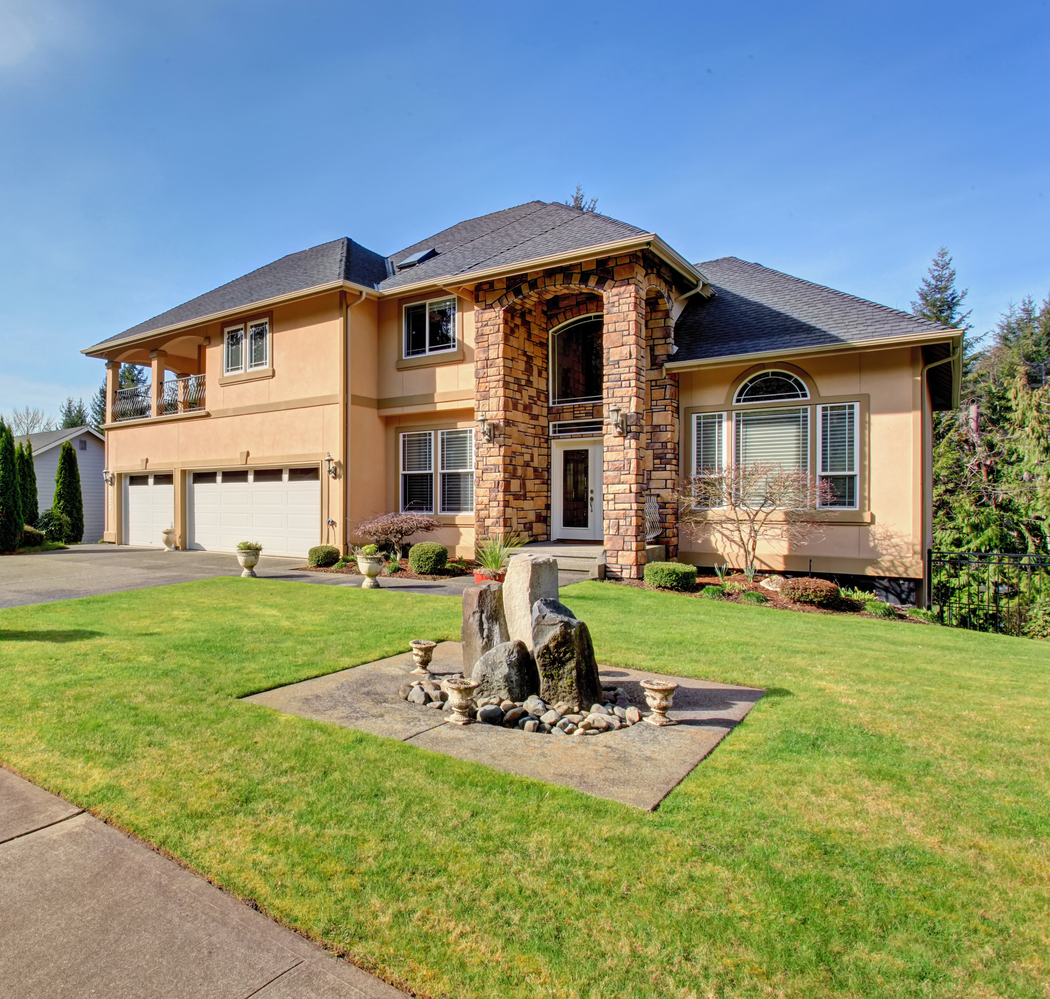
Many homeowners are often unaware of the costs behind roof replacement. They may not know about the average cost of a new installation project and how it’s calculated, leaving them in the dark and at a significant disadvantage. However, when searching for home roof replacement services, it’s important to be mindful of the several factors that can influence the overall cost of a project.
In this blog, NuHome outlines seven of the most common factors that can influence the average cost of a new roof installation project to assist homeowners in planning this financial investment.
What is the Average Cost of Roof Replacement?
When it’s time to replace an old roof, the costs involved play one of the most important roles in the process. Many homeowners are aware that roof replacements are huge financial investments, but how much money do they really involve?
The truth is that the average cost of a roof replacement project can vary based on many factors, like the location of the property and the type of roofing material. It also depends on the roofing company a homeowner decides to go with. While some roofing companies might charge a significantly low price for installation, there could be a risk of receiving low-quality services that could cost even more down the line. On the other hand, a higher price for installation means quality services from a certified company that uses high-end materials.
In the end, the average roof replacement cost can vary drastically depending on many factors, so it’s important to check with a roofing company before committing to a huge financial investment.
7 Common Factors Influencing the Average Cost of a Roof Replacement
1. Labor Supply
The availability of labor is a factor that can greatly influence the cost of a roof replacement project. If there is an abundance of workers available for the job, the cost of hiring a company will be significantly lower, allowing homeowners to benefit from more reasonable pricing. In contrast, if there is a labor shortage, roofing contractors have to pay more for installers, resulting in increased pricing for homeowners. However, many companies maintain the same team of installers, meaning that they don’t have to worry about fluctuating costs due to labor shortages.
2. Roofing Materials
As the availability of roofing materials and other building supplies can vary across different parts of the country, this can be a factor that impacts the price you’ll pay for roof replacement. These supplies and materials can include shingles, flashing, vents, underlayment, and nails. If a material is available in one part of the country, it could be unavailable or far more expensive in another region. But if you want to make sure you get the best deals on installation or replacement, make sure you work with a local roofing company as they are likely to have built solid relationships with suppliers and have access to quality materials.
3. Roof Design
When considering the costs of roof replacement, it’s important to remember that the layout of a roof can impact the final price you’ll be paying. This refers to the degree of pitch and the number or complexity of the angles in your roof’s design. If a roof is steeply sloped, it typically increases the cost of labor and, in some scenarios, the cost of roofing materials and building supplies. This can also affect the safety considerations of the project as a steeper roof requires more manual labor, resulting in a higher overall cost.
4. Property Location
The cost of a roof replacement project depends on the location of the home. Different regions in the country will charge different amounts for roof replacement projects. For example, the same project in Fairfax, Virginia, may cost significantly more elsewhere as a result of limited access to materials, labor shortages, and other influencing factors. The specific neighborhood of the property can also affect the cost of replacement. If a property is in an upscale suburban area, this could mean a higher price for the overall project compared to one in a rural area due to the materials involved and the size and type of housing.
5. Weather
Natural disasters, such as hurricanes or extreme storms hitting specific regions, can affect the demand and supply of roofing materials. Additionally, weather extremes, such as freezing or scorching temperatures, could require extra materials for the project to combat the conditions. That’s why weather can play a huge role in the overall cost of hiring a professional company to replace your roof.
6. Dump Fees
During the initial tear-off stage of the project, the installers will end up with a large amount of debris that will be loaded into a dump truck and discarded accordingly at a dump. It’s important to note that dumpsites typically charge fees for their service, meaning that it could affect the cost of your roof replacement project.
7. Decking Replacement
Decking refers to the wooden boards that are essentially the foundation of a roof system as they lay under the shingles themselves. When it comes to roof replacement, if an installer notices that a roof’s decking is rotten, broken, or compromised, they will have to replace it before installing the new roofing. If an entire decking system needs to be replaced, then this will definitely increase the cost of a new roof. However, it can be difficult to tell what the condition of the decking is like until the old shingles have been removed. A contractor will do their best to determine this when they provide an estimate for the project.
Get a Free Estimate on Your Roof Replacement with NuHome
All in all, several factors can influence the overall costs involved in roof replacement. When you work with our team at NuHome, we provide you with a thorough outline of the estimated costs you’ll be looking at when you hire us for your project. To discuss your options and get a free estimate, give us a call at (703) 576-5680 or contact us online!












